Storage will again be very interesting in 2017. We wanted to take a quick look at some of the storage trends for 2017. Instead of being extremely verbose, these are a few key points on what we will see in the storage market.
SSDs Larger Capacity and Short Supply
We have already seen announcements from Micron regarding 8TB drives. We expect to see larger capacity NVMe SSDs from Intel (perhaps an Intel DC P4500 series?) that will reach 8TB in the not too distant future. NVMe drives are going to get bigger.
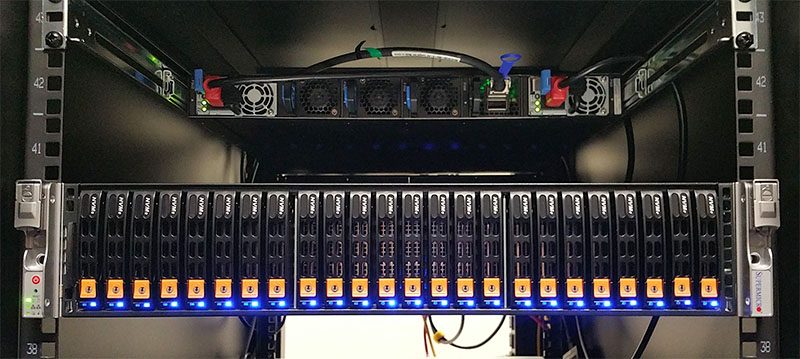
We expect to see SATA SSDs finally start to taper off. We already noted that NVMe SSDs have reached parity if not started to fall below SATA SSD pricing. At the end of the day, NVMe is going to make major moves in 2017. One of the driving forces is that the BOM costs of a NVMe SSD and a SATA SSD are not too different with the NAND pricing being the major cost driver. As capacities grow, controller costs become a smaller factor in overall pricing. Vendors such as Intel, Samsung, SanDisk (Western Digital), Toshiba and Micron already have established controller IP and push on vertically integrated or pseudo vertically integrated stacks to aggressively push pricing.
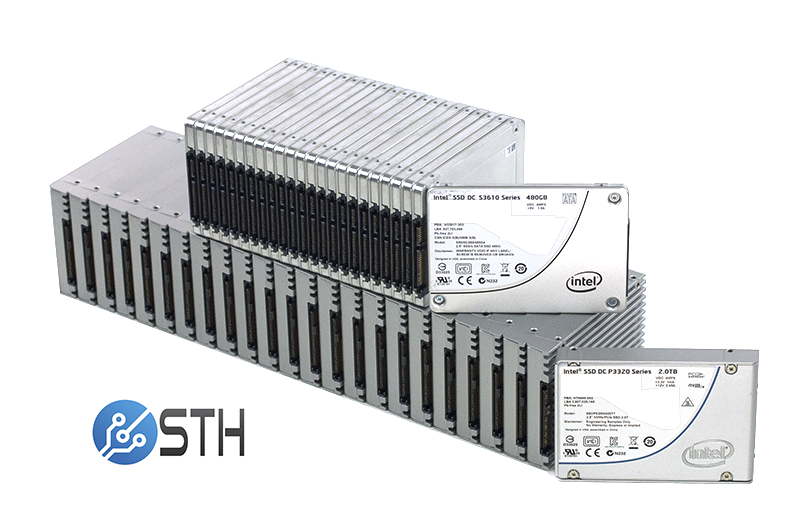
On the flip side, we are seeing a serious NAND shortage that is propping up SSD prices. From a number of vendors we have spoken we will spend at least the first half of 2017 dealing with a NAND shortage.
3D XPoint/ Optane
Ever wonder what the extra slots are on the Purley platforms we have seen? This photo we snapped from the show floor at SC16 and you can clearly see six DIMM slots plus extra slots. These extra DIMM slots are for Intel Apache Pass which is the in-memory channel 3D XPoint implementation for the Intel Xeon E5 V5 series products.
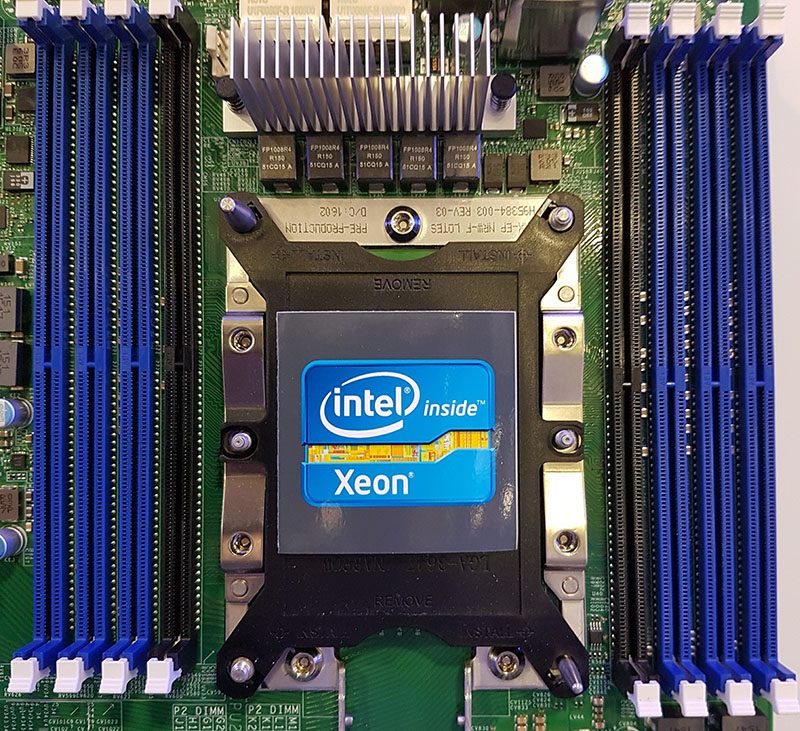
While we will see PCIe form factor 3D XPoint, the memory channel versions are the versions that we have heard a lot of chatter about. We have heard from several large web firms that are very excited for Optane. It seems as though Intel/ Micron decided that instead of releasing a PCIe bus form factor drive, they instead allocated the new memory for large customers. At Intel AI Day 2016, Intel confirmed that customers are getting Skylake-EP platforms many months before the public launch date. We have heard of at least some systems heading to well-known web companies having Optane tech and folks there being extremely happy with the results.
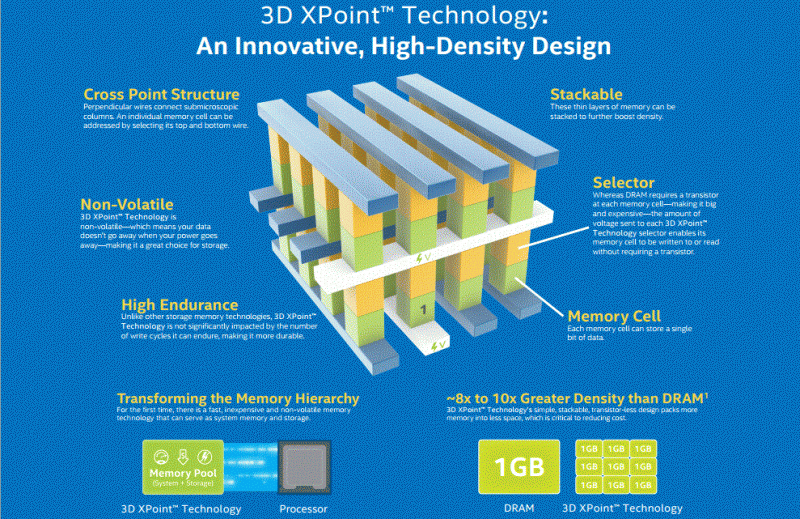
Hard Drives
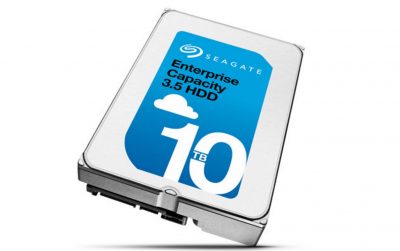
Hard drives in 2017 will be limited to mass storage at low cost. The last holdouts in trying to get performance from hard drives are going to have to convert. With NVMe SSDs offering much lower latencies and more than 10x the throughput of fast hard drives, we expect 10K and 15K drives to more or less die off in 2017.
On the capacity side, we are going to see an interesting development later in 2017 as the NAND shortage eases. We expect that in-node compute storage will consolidate away from 3.5″ hard drives instead favoring NVMe SSDs. With the start-ups we advise we have already seen great interest in the 24-bay 2U 2.5″ NVMe quad node chassis. 4 node in 2U designs started as primarily 3.5″ hard drive designs.
With SSD capacities going to 8TB and beyond, we also expect some of the SMB sector hard drives to get replaced by SSDs. There are many organizations where SSDs will be able to service from a capacity perspective that will change hard drive popularity in the SMB space.
Hard drives are stuck in a rough spot now. SSDs provide more throughput, lower latency, higher write endurance, smaller form factors, higher reliability and soon more capacity. Hard drives in 2017 are purely a cost per GB play.
Although we do not expect it to happen, we would hope that hard drive manufacturers give up the ridiculous practice of having consumer hard drive lines in 2017. Consumers want SSDs. Hard drives have about a 10-20x higher failure rate than SSDs so the idea of using a single consumer hard drive to store valuable data should scare knowledgeable consumers. Hard drives do make sense in large server storage pools instead of consumer devices.
As a result, we hope we start to see all hard drives adopt feature sets congruent to storage server applications. We do not need consumer-oriented hard drives anymore.
RAID Controllers
One of the more interesting developments in the SSDs for primary storage transition is that the RAID controller segment is facing significant headwinds. Although we saw SATA 3 and SAS 3 RAID controllers, we are not seeing as many NVMe RAID controllers. The rationale seems to be that NVMe RAID controllers add latency, require too many PCIe lanes, add expense and admins are using more software storage solutions these days.
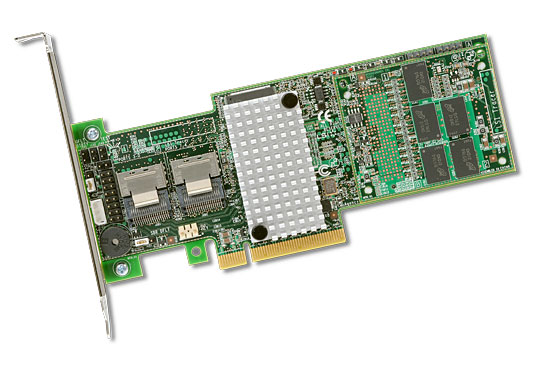
In 2017 we will likely see a few of these options, however, the implication on the hard drives is that RAID controllers will be less used. We are seeing scale-out storage solutions become very popular as RAID becomes less popular. Buying an independent hard drive RAID controller in 2017 will still be popular for those legacy OSes that struggle booting from software defined storage.
Although RAID controllers had been popular for using battery or capacitor backed write caches, today’s modern NVMe SSDs often have upwards of 1GB RAM onboard and backed by capacitors. While still popular devices, the writing has been on the wall for some time. The three major legacy vendors (PMC-Sierra (HP’s Smart Array cards), Adaptec and LSI) all decided to sell out to larger companies rather than trying to make an independent go at the market and consolidating among themselves.
Scale Out / Hyper-Converged Storage Rocks
NVMe moving into a role as the primary flash storage tier has some impacts on the remainder of an architecture. One great example of this is that 40GbE, 50GbE and 100GbE (or interconnects such as Infiniband) become necessary. 10GbE had its heydey with disk-based systems and even the start of all flash arrays but it is completely unable to handle arrays of several NVMe drives.
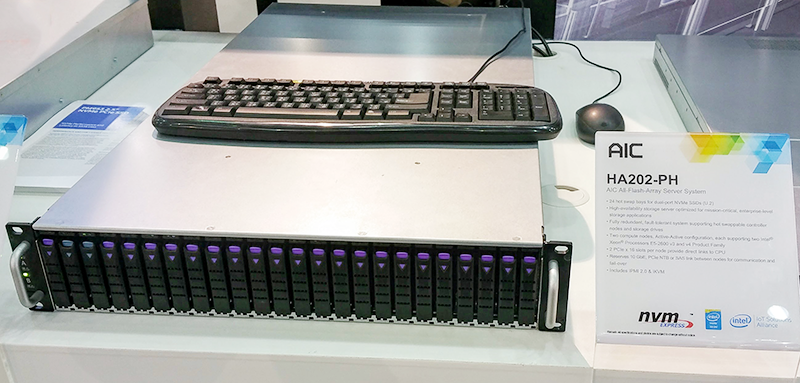
We are seeing an enormous interest in scale-out storage technologies and hyper-converged architectures. The ability to run storage and compute workloads on the same physical machines is extremely attractive. Another piece of feedback we have heard is that the ability to add nodes to scale-out is highly attractive. We have been using a hyper-converged solution to host STH for years now and certainly understand why it works and how it beats Amazon AWS pricing.
In 2017 we are going to spend extra time doing reviews and guides in this area. In the DemoEval lab there is already a hyper-converged big data analytics cluster capable of pushing 100GbE+ speeds from each node. We will have more on this cluster in 2017 as well as we think it is a completely disruptive technology for the big data analytics storage space.
Cache Getting Faster
One area that we are particularly interested in is the in-memory storage. We are starting to see storage companies look into using higher-speed processor memory (e.g. MCDRAM on the Intel Knights Landing chip) as cache layers. Traditionally system DRAM has been considered the fastest RAM. In 2017 we will see bandwidth of system DRAM get a bump of over 50% but there are already technologies available pushing well north of twice the bandwidth we are seeing from system ram in the Broadwell-EP generation.
Final Words
Storage in 2017 is shaping up to be extremely exciting. The transitions away from SATA SSDs and hard drives are extremely important for those users who are purchasing in-chassis storage for future expansion. You will want 2.5″ U.2 expansion bays to ensure that you have compatibility with the latest drives twelve months from now. We are excited about Intel Optane but realistically it is going to take some time until we see the benefits we want to see from it. Low capacity PCIe expansion cards for consumer devices and workstations are not the ideal form factor. In the server world, as we see the big hyper-scale companies use Optane we are excited for what that future will hold for applications such as redis and databases. Mainstream storage in 2017 we are still expecting NVMe SSDs (NAND) to dominate market share despite the shortage.

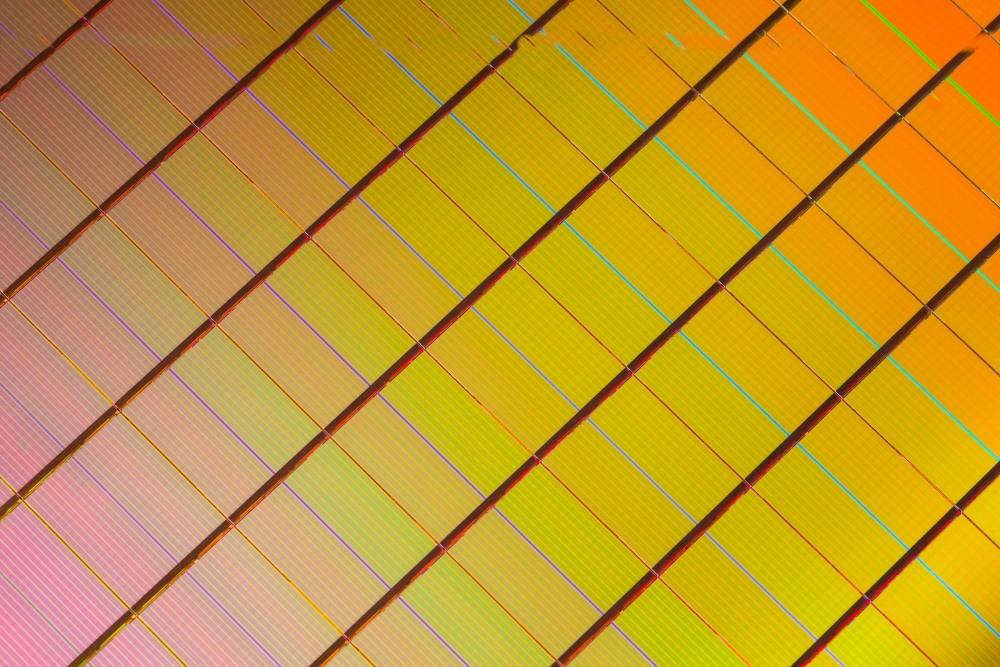



The black slots for Parley I assume are for DRAM, not Optane. The DRAM I believe act as some sort of a cache.
My reasoning:
1. They claim per CPU memory capacity of 3TB.
2. Optane DIMMs are available in max 512GB size.
3. Purley is 6 channel.
So 6 slots are populated by 512GB Optane making it 3TB. The leftover two slots are for caching. If you say 2 DIMMS are for Optane, you can’t reach the capacities they quote.